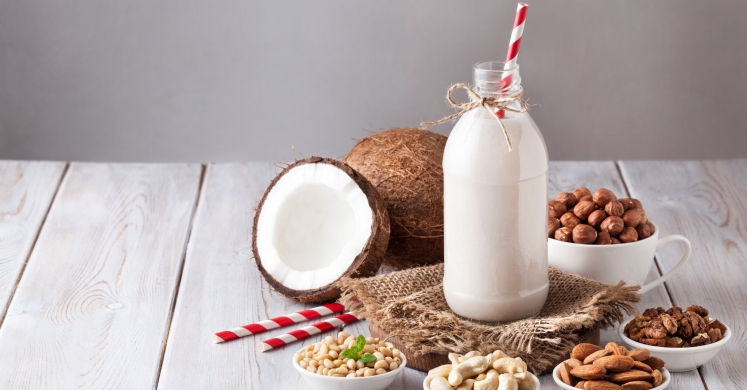Blog

Ask Ginger: Navigating Lactose Intolerance
You've got questions ... we’ve got answers! Email your queries about healthy foods, physical activity and screen time for kids and Ginger will answer them here on the Phipps blog.
Q: I just found out that my daughter is lactose intolerant and I want to make sure she still gets the nutrients she needs that dairy products normally offer. Do you have any suggestions that might help me? (John, Bellevue)
A: Great question! Lactose intolerance is usually the result of not having adequate amounts of the lactase enzyme in the body that normally breaks down the milk sugar, lactose, when it’s ingested. These milk sugars are found in dairy products, so the way to control symptoms of lactose intolerance is to avoid these products. Your concern is making sure your child is getting enough nutrients that are most often contributed to the diet by dairy products such as calcium, vitamin D and potassium. Calcium is especially important because your daughter is still growing which means her bones are still developing. Not to worry, here are some suggestions for fitting these in:
- They make a variety of milk substitutions; you just have to take a look at the nutrition label. These options include soy, almond, coconut, and rice milks. These milks are often calcium and/or vitamin D fortified, meaning that these nutrients that were either lost in processing or never present were added into the product. So even though it’s not naturally occurring, your child will still be getting other forms of the nutrients.
- Many products like breads and juices are also calcium fortified. Just be careful to look for 100% fruit juices to avoid getting the added sugars in other types of fruit drinks.
- Calcium occurs naturally in other foods as well such as broccoli, spinach, oranges, pinto beans, rhubarb and canned salmon.
- Vitamin D occurs naturally in few foods other than dairy products. However, it can be found in oily fish such as salmon and swordfish, and eggs. There are also cereals fortified with vitamin D.
- Potassium can be found in many foods other than dairy, including beans, dark leafy greens, potatoes, squash, fish, avocados, and bananas.
It might not be necessary to completely eliminate dairy from the diet. Some people can tolerate a small amount of dairy at one time. Here are some ideas to still get some dairy while being careful not to overdo it:
- Try drinking milk in smaller servings of no more than 4 ounces, or half of a cup. The less dairy ingested at once, the smaller the chance of having a reaction to it.
- Test out milk products that will have less lactose than milk itself. Hard cheeses tend to have small amounts of lactose.
- Yogurt might be tolerable because by definition, it contains bacteria that produce the lactase enzyme that breaks down lactose. Because of this, it may help your body function properly. Experiment with smaller amounts to be sure that it can be tolerated.
- Lactase enzyme tablets or drops are available over-the-counter that can be taken before a meal or snack containing dairy. These may help to properly digest the lactose, though again, it must be tested out before relying on it!

